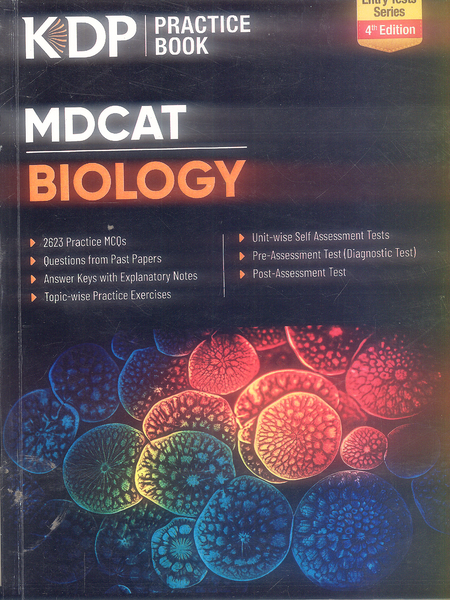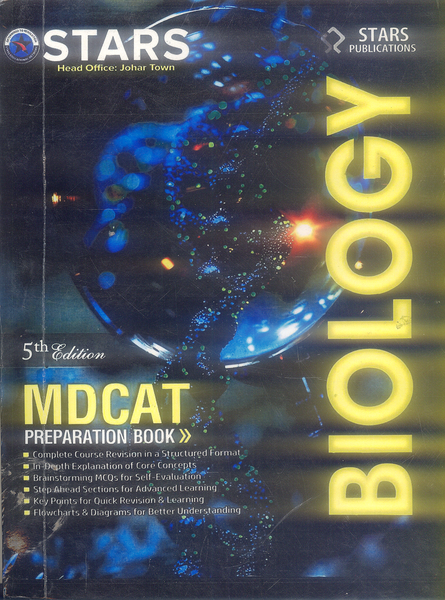Stereochemistry Of Organic Compounds
- Publisher: CHEMISTRY
- Availability: In Stock
- SKU: 53436
Rs.1,270.00
Rs.1,450.00
Tags: advanced organic chemistry , advances in stereochemistry , asymmetric synthesis , chemical reactivity , chemical structure , chiral centers , chiral drug design , chiral recognition , chirality , conformational analysis , D Nasipuri , diastereomers , drug design , enantiomers , enantiopure drugs , molecular symmetry , optical isomerism , optical rotation , pharmaceutical applications of stereochemistry. , principles of chirality , stability and reactivity , Stereo chemistry , stereochemical determination , stereochemical mechanisms , stereochemical principles , Stereochemistry , stereochemistry analysis , stereochemistry applications , Stereochemistry D Nasipuri , stereochemistry guide , stereochemistry in materials science , stereochemistry in natural products , stereochemistry in research , stereochemistry in synthesis , stereochemistry methods , stereochemistry of bioactive molecules , stereochemistry reference , stereochemistry text , stereoisomer classification , stereoisomerism , stereoselective reactions , stereospecific reactions , X-ray crystallography
Stereochemistry of Organic Compounds: Principles and Applications, 2nd Edition by D. Nasipuri is a detailed guide focused on the fundamental and applied aspects of stereochemistry in organic chemistry. The book provides a thorough overview of stereochemical concepts, including molecular symmetry, chirality, stereoisomerism, and the influence of stereochemistry on reactivity and mechanisms. It is designed for both undergraduate and graduate students as well as researchers interested in stereochemical applications in organic synthesis, drug design, and materials science.
Key Highlights:
-
Basic Concepts of Stereochemistry
- Explanation: Introduces stereochemistry’s foundational principles, including molecular symmetry, chirality, and configuration.
-
Stereoisomerism and Classification
- Explanation: Covers types of stereoisomerism, including enantiomers, diastereomers, and conformational isomerism, with emphasis on molecular structures.
-
Chirality and Molecular Symmetry
- Explanation: Explains the importance of chirality in organic compounds, discussing chiral centers and axes and their role in drug design and synthesis.
-
Conformational Analysis
- Explanation: Provides insights into conformational studies and their influence on stability, reactivity, and interactions within molecules.
-
Methods of Determining Stereochemistry
- Explanation: Describes experimental methods for stereochemical determination, including X-ray crystallography, optical rotation, and NMR spectroscopy.
-
Stereoselective and Stereospecific Reactions
- Explanation: Examines reactions where stereochemistry plays a crucial role, such as addition, substitution, and elimination reactions.
-
Stereochemistry in Natural Products
- Explanation: Discusses stereochemistry’s role in complex natural products, highlighting the stereochemical intricacies of bioactive molecules.
-
Stereochemistry in Drug Design
- Explanation: Addresses the impact of stereochemistry on pharmaceutical efficacy and safety, focusing on enantiopure drugs and chiral recognition.
-
Application of Stereochemistry in Organic Synthesis
- Explanation: Describes how stereochemistry guides synthetic strategies and approaches in developing complex organic compounds.
-
Recent Developments and Advances
- Explanation: Covers recent advancements in stereochemical research and emerging techniques for stereochemical analysis and synthesis.
Conclusion
D. Nasipuri's book is an essential resource for understanding stereochemistry’s principles and applications in organic chemistry. Its clear explanations of stereochemical concepts make it valuable for both students and professionals, bridging the gap between theory and practical applications in chemical synthesis and pharmaceutical development.
════ ⋆★⋆ ═══
Writer ✤ D Nasipuri

























